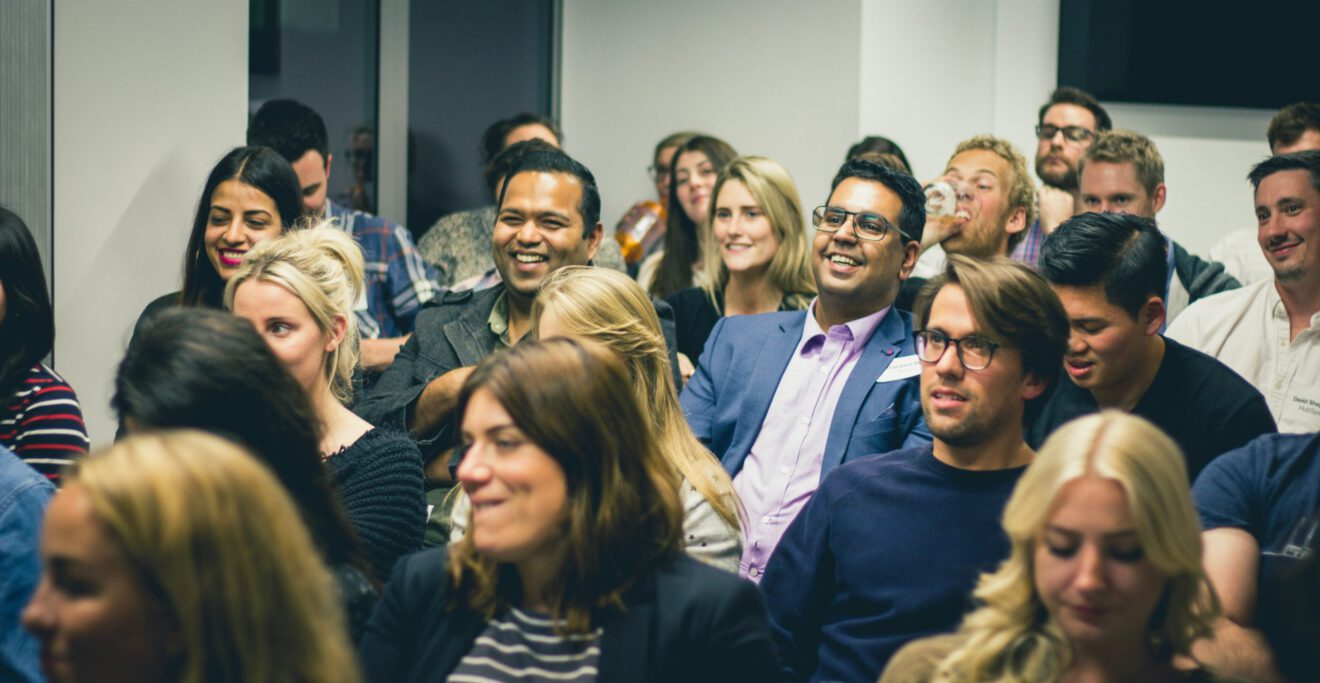The new age of events is here and ready to disrupt, and event marketers need to adjust accordingly.
These days, events are integrated, personalized, and data-driven. The best events provide attendees with an immersive, end-to-end experience.
Before the COVID-19 pandemic, event leaders were sometimes too focused on what was going on at the event that they lost sight of the attendee or customer. Disconnected from the customers’ journeys, marketers didn’t fully understand the value of utilizing their event data to better inform their marketing strategies.
However, the rapid shift to digital experiences blurred the lines between in-person and on-demand events – paving the way for new opportunities.
The future of events is subjective and highly dependent on marketers’ abilities to leverage the learnings from the last two years. The customer is paying attention, and their expectations will continue to evolve in the “new” normal.
Marketers must rethink their approach to building and promoting events and ensuring that users” experiences are at the center of the event universe. Marketers will need to prioritize personalization, integrating the consumer from the start to future-proof their CX pipeline.
Attendees are now co-creators
The novelty of traditional event marketing is wearing off, as power shifts from event planners to attendees who want to co-create their own event experiences.
Before marketers can consider extending their attendee experience through integrations, such as Q&A chat polling, virtual photo booths, a rewards platform, and gamification, they must nail the basics including sound, video quality and an easy-to-navigate website.
At the beginning of the pandemic, marketing leaders mistook virtual events as an extension of digital engagements. They quickly discovered virtual events offer a unique and distinct way to reach their key audiences, enabling consumers to pick and choose their level of participation.
Marketers have discovered alternative avenues to deliver content beyond physical sessions – resulting in new offerings such as fireside chats to provide timely, concise content to the right audience.
Data’s role in event marketing
Data is driving this need. These days, 50% of Americans spend more than half of their day in front of a screen for school, work, and play. Consumers are increasingly searching for experiences that provide a new level of convenience, versatility, and flexibility.
The marketplace is overflowing with management platforms whose current AI and machine learning algorithms are scratching the surface. Anyone can analyze event data and deliver recommendations on content. The difference is integrating the technology into the full martech stack to create a robust platform.
Marketers can identify an attendee’s persona to understand current needs and pair this information with the behavioral data provided from events to uplevel recommendations beyond session attendance. This curates a specific virtual or physical experience from an attendee’s first touchpoint.
User experience in a hybrid reality
User experience has become an essential element of an event and can be the critical difference between an engaged or passive audience. Personalized content goes a long way, but has been a foreign concept for marketers for years.
The most successful companies have started evolving their strategies by extracting pieces of timely content and utilizing them for promotion and engagement. We’ll increasingly see virtual experiences used more strategically to repurpose evergreen content and bridge the gap between experiences in a meaningful way before, during, and after events.
These tools have always been available, but marketers now think about them in new ways. It’s imperative to apply that thinking to physical events as we begin to see them come back into the fold.
Marketers need to rebuild their customer journey as a series of multiple event experiences, both physical and digital, to create a new channel in itself filled with sub-channels full of past event experiences. These sub-channels not only surround the relationship attendees have between events and the digital marketing channel but will integrate the customer through the sales and marketing funnel seamlessly.
In short, today’s events are integrated, personalized, and data-driven.
Marketers will need to evaluate platforms that allow them to deliver well-timed content through physical, virtual, and hybrid environments specific to each attendee and, once found, integrate that technology into their processes to future-proof their users’ experiences.
The sooner this occurs, the better prepared marketers will be.
Doug Baird is the founder and president of RainFocus, a next-generation event marketing and management platform. With more than 20 years of experience solving customer problems with technology, Doug has held nearly every tech role – from programmer to founder and CEO at various small and large companies. To this day, Doug’s original technology vision remains the foundation for most current enterprise events programs.
For more content like this direct to your inbox, subscribe to SmartBrief’s free newsletter.
